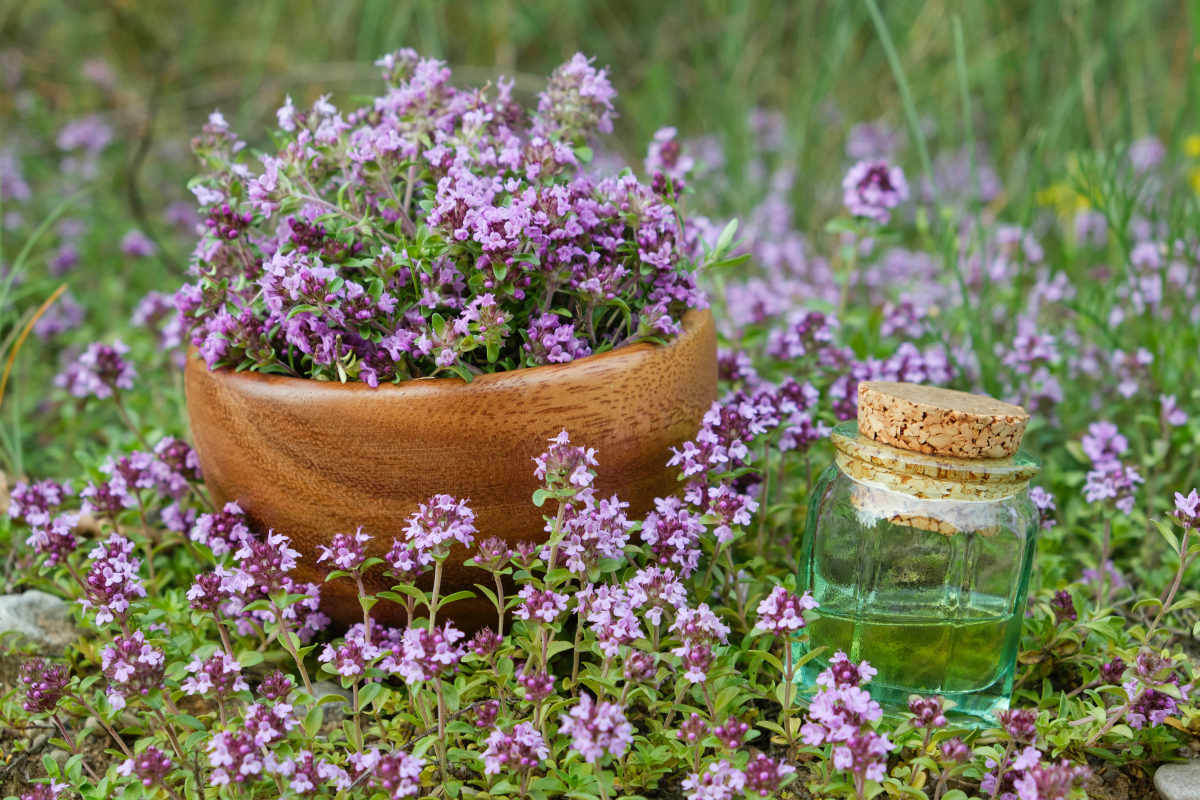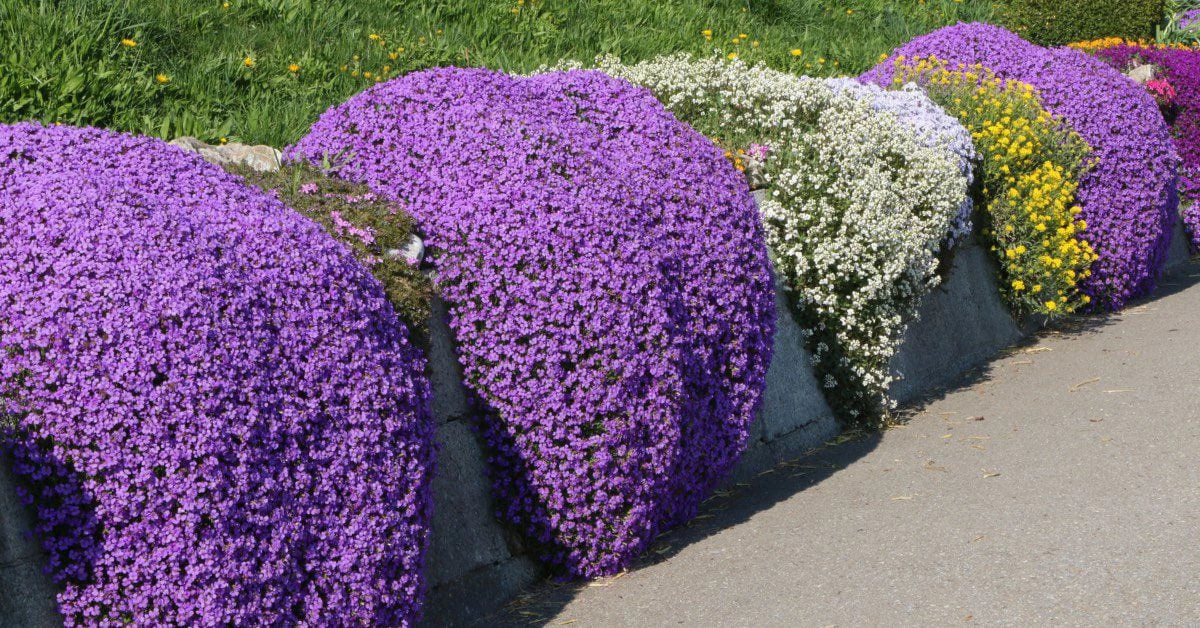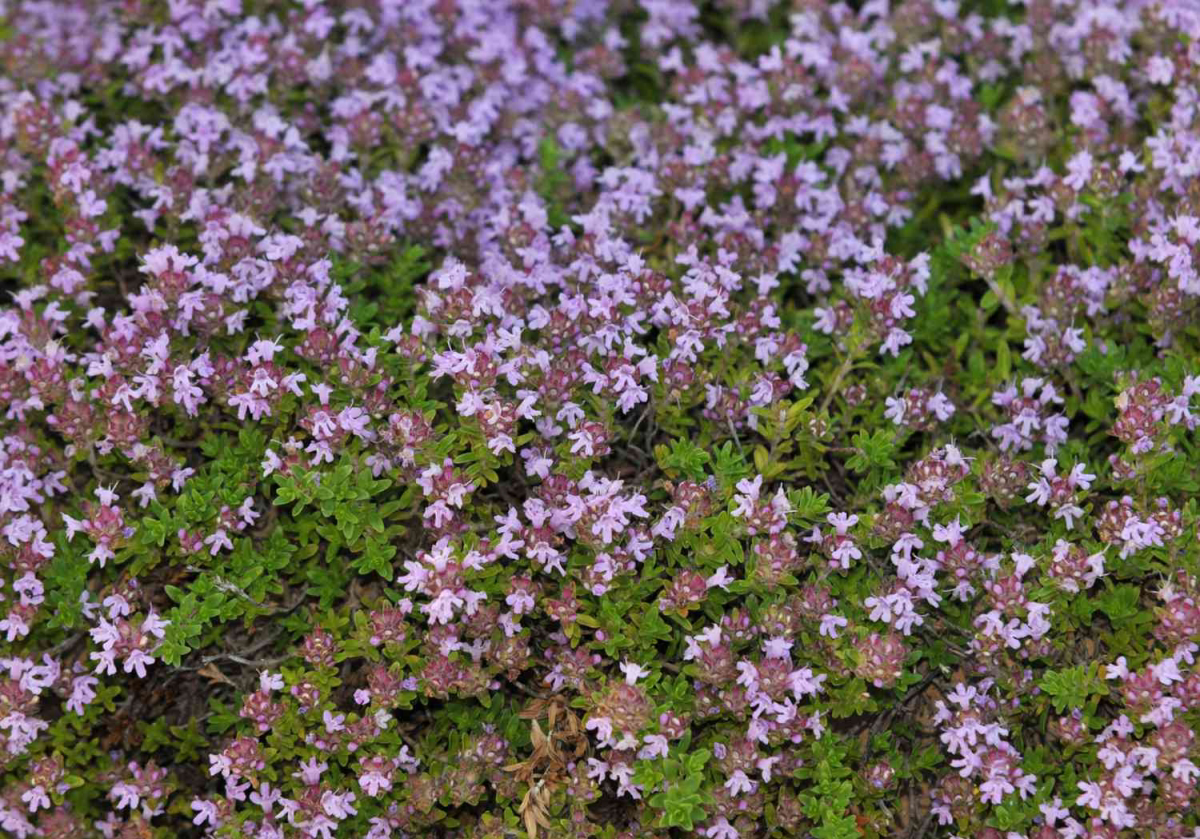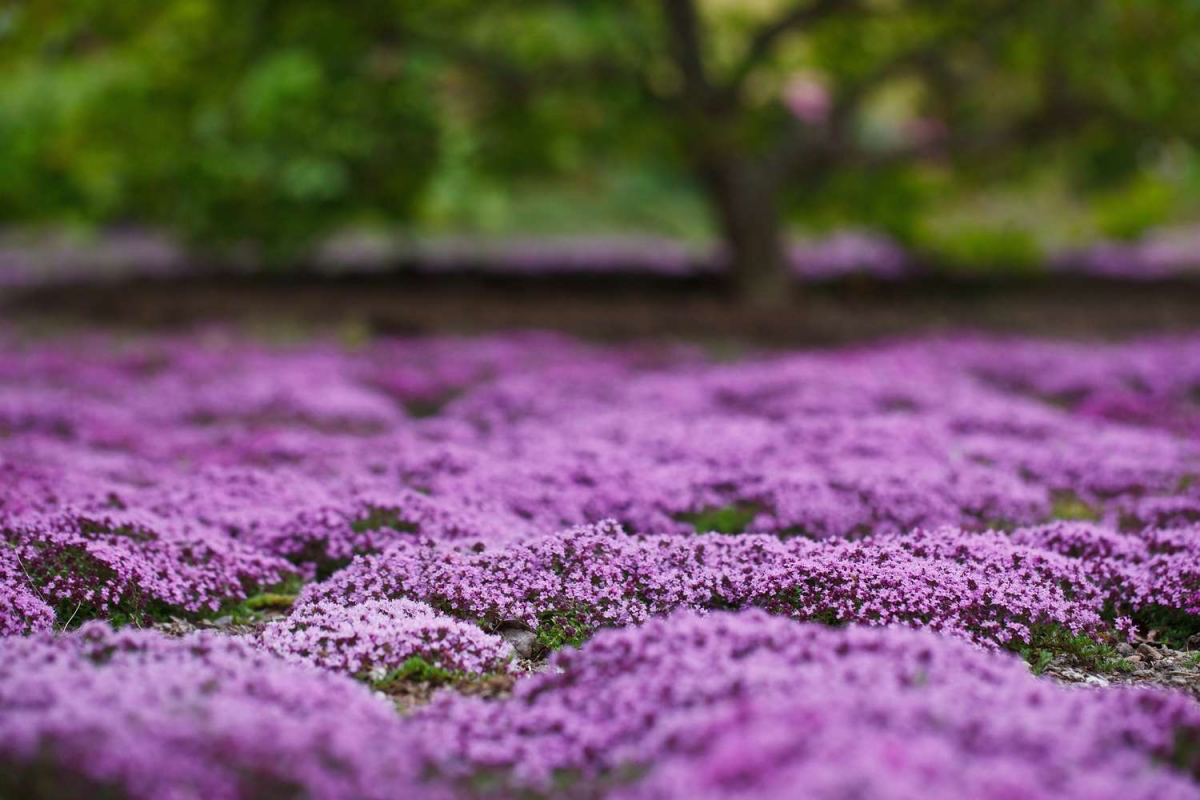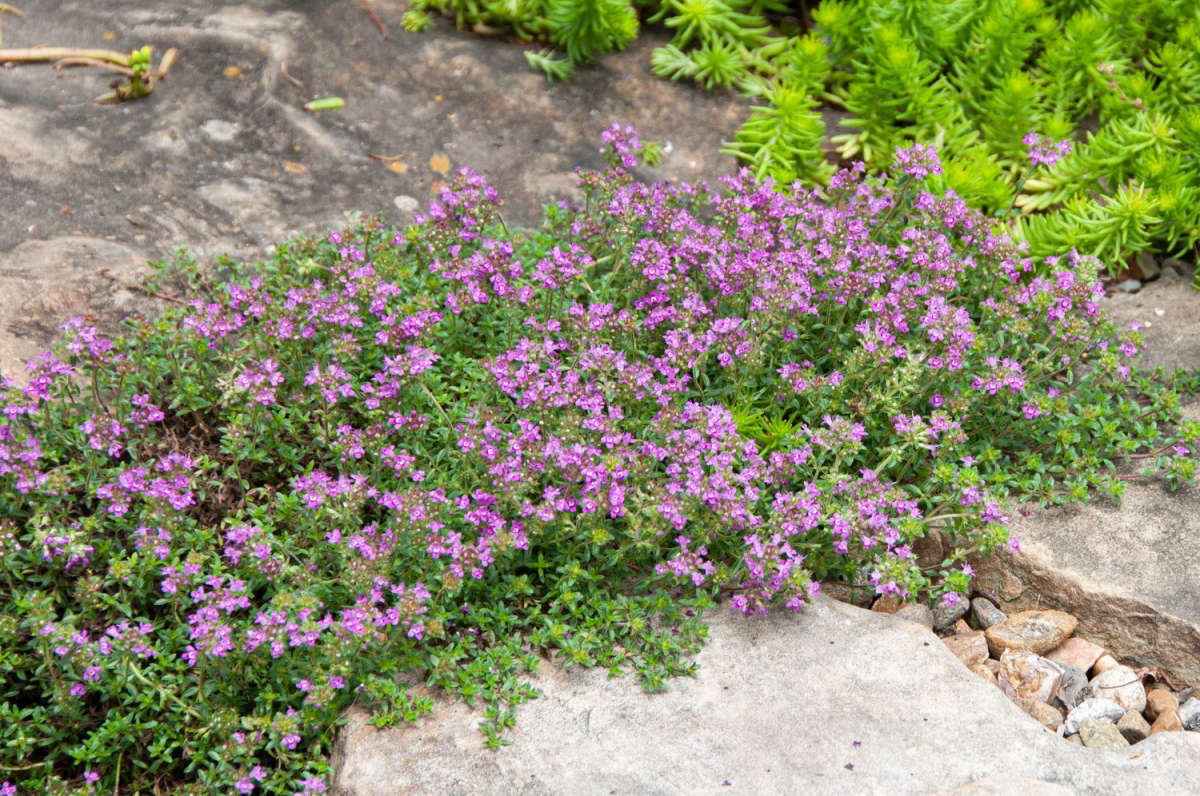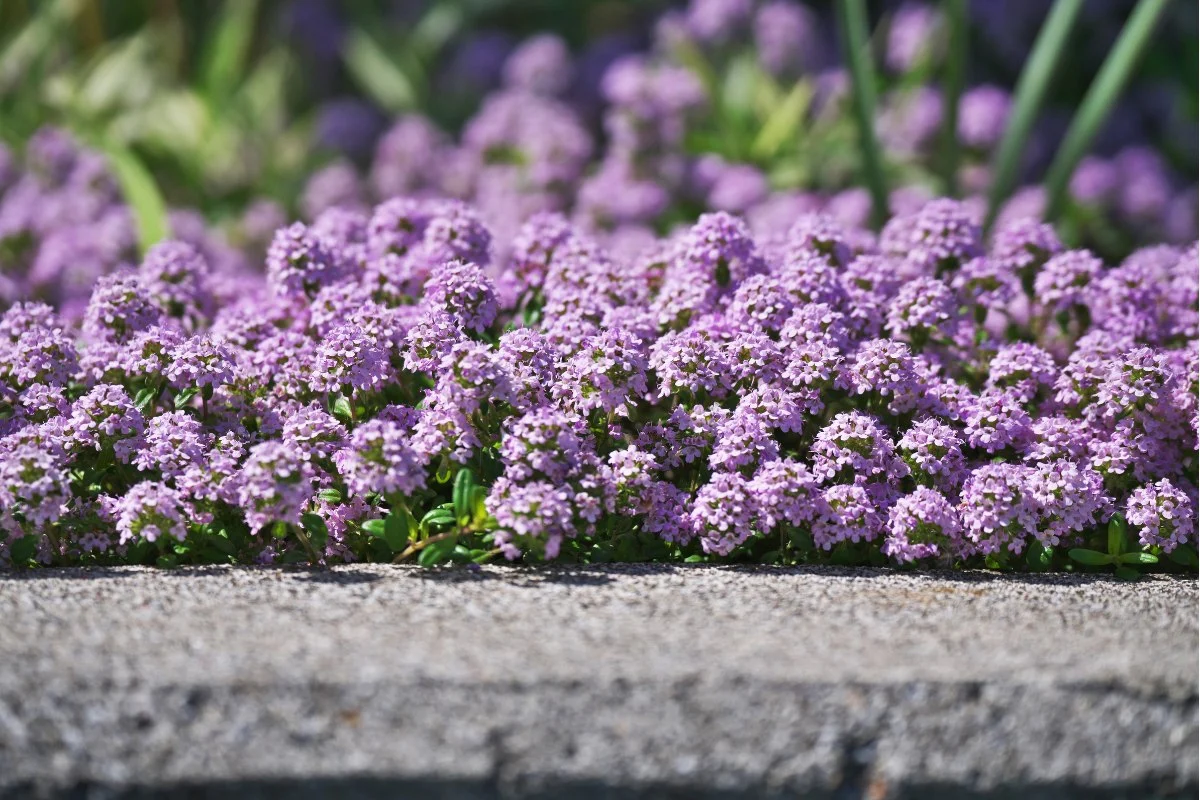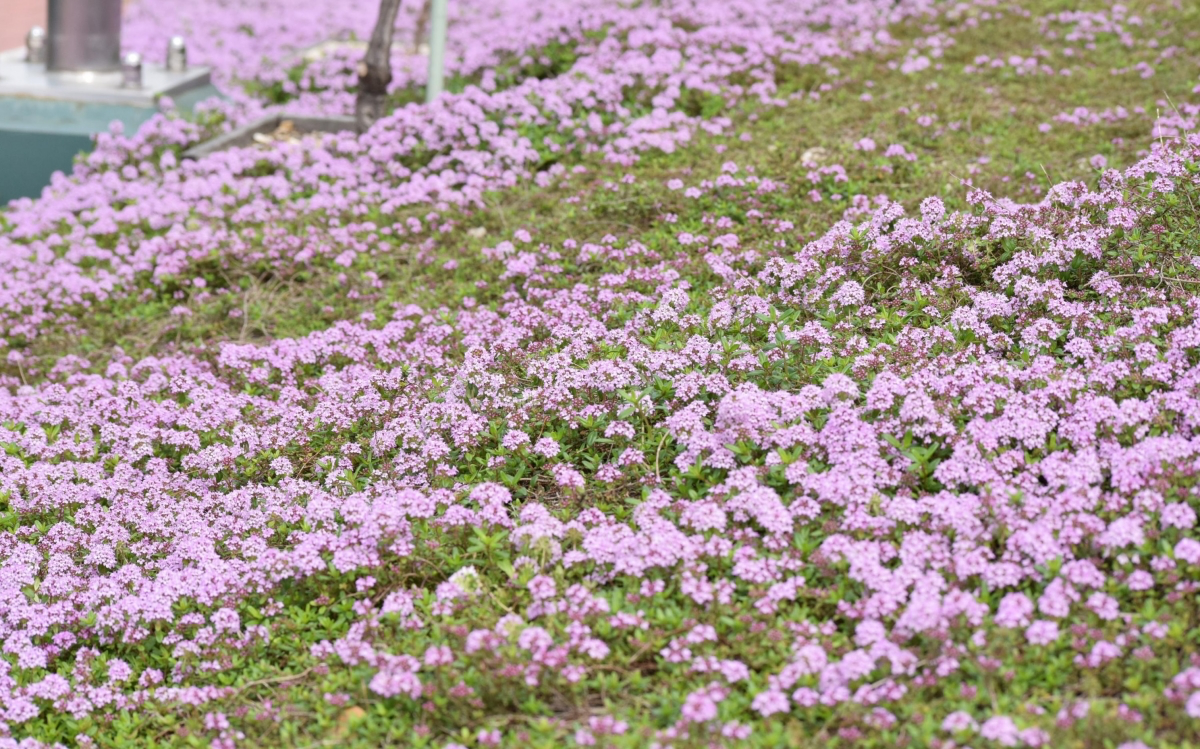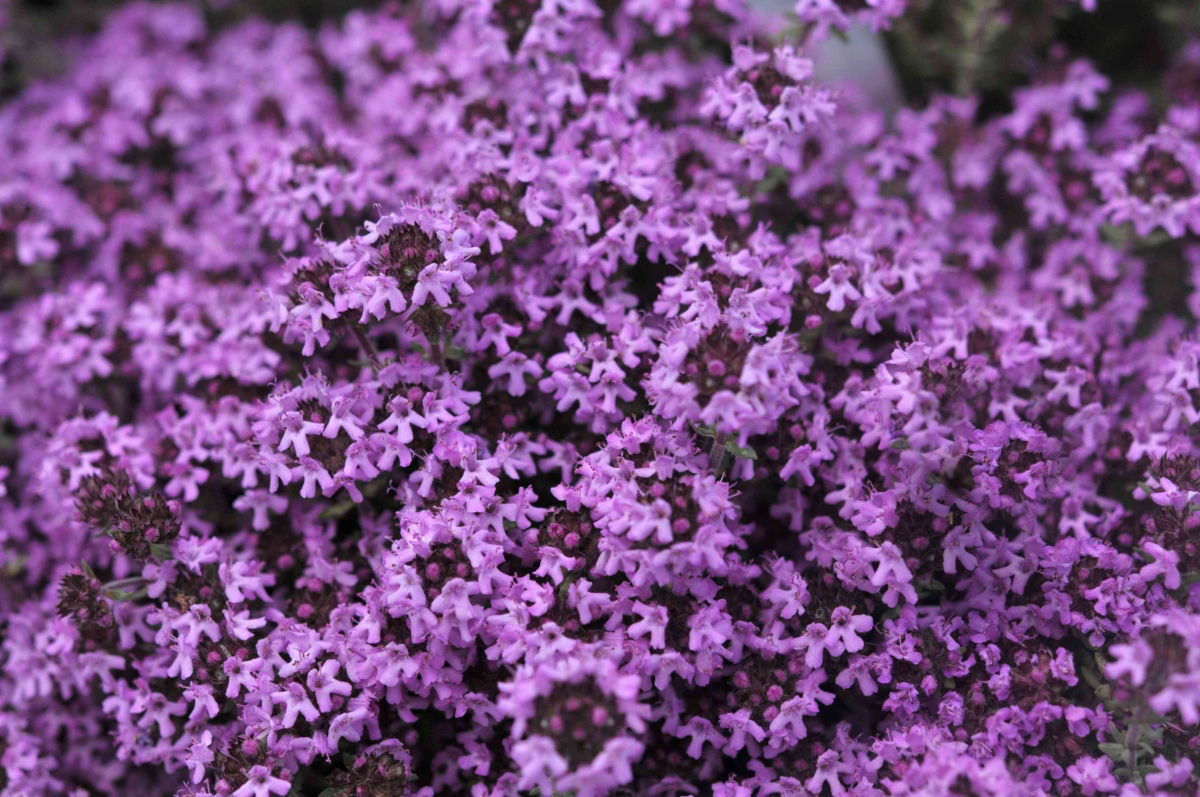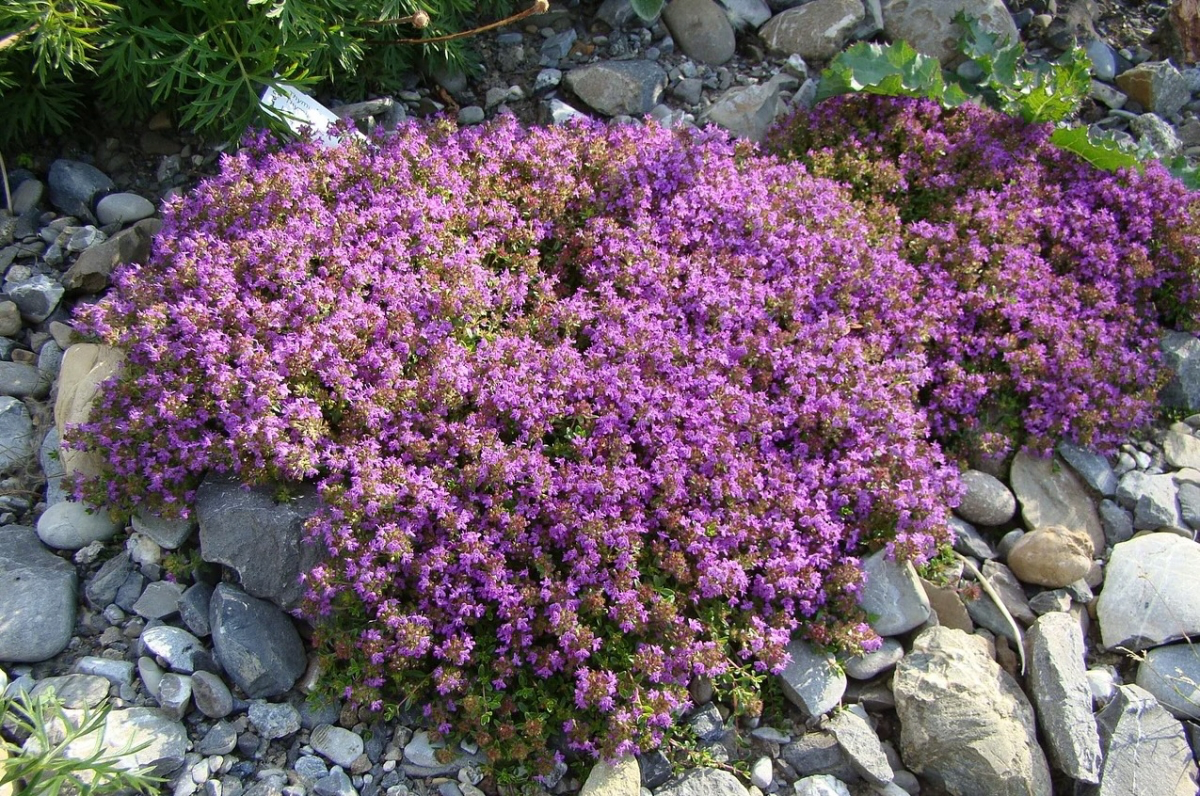Creeping Thyme 101: How to Plant & Care for This Fragrant Carpet
Picture this: a garden adorned with a tapestry of vibrant colors and a fragrance that fills the air. Now, imagine this enchanting scene enhanced by the allure of creeping thyme. Whether you’re an avid gardener or simply someone looking to add a touch of magic to your outdoor space, creeping thyme is a delightful choice. In this comprehensive guide, we’ll explore the world of creeping thyme, from its various types to its care and benefits, ensuring that your garden thrives with this charming herbaceous perennial.
Let’s discover the vibrant beauty of creeping thyme
In this article
What is Creeping Thyme?
Creeping thyme, scientifically known as Thymus serpyllum, is a low-growing, aromatic perennial herb native to Europe and North Africa. This delightful herb is renowned for its lush, ground-hugging growth habit and its ability to transform your garden into a picturesque haven. Creeping thyme belongs to the mint family (Lamiaceae) and is closely related to culinary thyme (Thymus vulgaris).
This plant is a low-growing, aromatic perennial herb native to Europe and North Africa
Different Types of Creeping Thymes
As you embark on your journey to embrace the beauty of creeping thyme, you’ll encounter various types and cultivars, each with its unique charm. Here are a few noteworthy varieties to consider:
- Pink Chintz Thyme (Thymus serpyllum ‘Pink Chintz’): This variety boasts pink blossoms that blanket your garden like a floral carpet, creating a stunning visual display.
- Elfin Thyme (Thymus serpyllum ‘Elfin’): Known for its diminutive size and delicate lavender flowers, Elfin Thyme is a perfect choice for smaller spaces or as a ground cover.
- Woolly Thyme (Thymus pseudolanuginosus): With its silver-gray foliage resembling soft wool, this thyme variety adds texture and interest to your garden.
- Coccineus Thyme (Thymus praecox ‘Coccineus’): Vibrant crimson flowers define this variety, infusing your garden with a bold splash of color.
You can choose from various types and cultivars, each with its unique charm
Who Should Plant Creeping Thyme?
Creeping thyme is a versatile plant that suits various gardening aspirations. Whether you’re a seasoned gardener or someone taking their first steps into the world of horticulture, here’s why you should consider planting creeping thyme:
- Garden Enthusiasts: If you’re passionate about gardening and crave a plant that enhances your landscape with its beauty and fragrance, creeping thyme is an excellent choice.
- Space-Optimizers: Gardeners with limited space can maximize their landscape’s potential by using creeping thyme as a ground cover, edging plant, or filler between pavers.
- Herb Lovers: For those who adore herbs in both their culinary and ornamental forms, creeping thyme offers the best of both worlds.
You can use this plant as a ground cover, edging plant, or filler between pavers
Benefits of Planting Creeping Thyme
Beyond its visual appeal, creeping thyme brings several benefits to your garden and lifestyle:
- Low Maintenance: Creeping thyme is easy to care for and requires minimal attention once established. Its resilience and adaptability make it an ideal choice for low-effort gardening.
- Pollinator Magnet: The petite flowers of creeping thyme attract pollinators like bees and butterflies, contributing to a thriving ecosystem in your garden.
- Aromatic Bliss: Brushing against or crushing the leaves releases a delightful aroma that adds a sensory dimension to your outdoor space.
- Ground Cover: Creeping thyme suppresses weeds, conserves soil moisture, and prevents soil erosion, making it a practical and attractive ground cover option.
- Culinary Uses: While primarily grown for ornamental purposes, creeping thyme leaves are edible and can be used to add a subtle thyme flavor to your culinary creations.
The petite flowers of creeping thyme attract pollinators like bees and butterflies
Who Should Avoid This Plant?
While creeping thyme is a versatile and beneficial addition to most gardens, there are a few scenarios where caution is advised:
- Heavy Foot Traffic Areas: Creeping thyme can withstand light foot traffic, but it may not thrive in areas with frequent walking or heavy stomping.
- Waterlogged Soils: It’s crucial to avoid planting creeping thyme in poorly draining soils or areas prone to waterlogging, as this can lead to root rot.
It’s crucial to avoid planting creeping thyme in poorly draining soils or high traffic areas
How to Plant Creeping Thyme
Planting creeping thyme is a straightforward process that sets the stage for a breathtaking garden transformation. Follow these steps to ensure your thyme takes root and thrives:
- Select the Perfect Spot: Start by choosing a sunny location in your garden or landscape. This plant flourishes in full sun, soaking up at least six hours of sunlight daily. Ensure the chosen area has well-drained soil, as thyme detests soggy roots.
- Prepare the Soil: Before planting, prepare the soil by adding organic matter like compost. This enriches the soil and improves its drainage capabilities. Thyme prefers sandy or loamy soil, making it essential to maintain proper drainage.
- Spacing Matters: When planting your thyme, space individual plants approximately 6 to 12 inches apart. This spacing allows room for growth and ensures that each plant has ample access to sunlight and nutrients.
- Seed or Transplant: Decide whether you want to start with thyme seeds or transplants. Transplants are more convenient and ensure a quicker start, while seeds provide the satisfaction of nurturing your plants from the very beginning.
- Plant Transplants: If you’ve opted for transplants, dig holes in the prepared soil that are slightly larger than the root ball of your thyme plant. Gently remove the plant from its pot, being careful not to damage the roots, and place it in the hole. Fill in the hole with soil and press it down firmly to secure the plant in place.
- Sow Thyme Seeds: If you’re starting from seeds, sow them directly on the soil surface. Lightly press the seeds into the soil and cover them with a thin layer of fine soil or compost. Keep the soil consistently moist until the seeds germinate.
- Watering and Mulching: After planting, give your thyme a good soak. Continue to water regularly during the first growing season to help establish the plants. Applying a layer of organic mulch around your thyme plants can help conserve moisture and suppress weeds.
- Maintenance: As your creeping thyme begins to grow, keep an eye out for any invasive weeds that may compete with it for nutrients. Regularly check the soil moisture and water when the top inch feels dry. Pruning your thyme occasionally, after flowering, can encourage bushier growth and maintain its shape.
- Enjoy the Growth: With the right care and patience, your creeping thyme will gradually spread, creating a fragrant, lush carpet in your garden. Over time, you’ll witness the plants flourishing and cascading over edges, adding charm and beauty to your outdoor space.
By following these steps and nurturing your creeping thyme with care, you’ll not only enjoy the visual splendor it offers but also relish the delightful fragrance that fills the air when you brush against its leaves. Gardening with thyme is a rewarding experience that allows you to connect with nature and create a picturesque landscape for your enjoyment.
Follow these steps to nurture your plant and help it thrive
Is Creeping Thyme a Hard Plant to Take Care Of?
This plant is celebrated for its low-maintenance nature, making it an excellent choice for gardeners of all skill levels. However, providing the right care ensures your thyme thrives and flourishes. Let’s delve into the specifics of how to care for your creeping thyme:
Watering
- Moderate Moisture: Allow the soil to dry slightly between waterings. Overwatering can lead to root rot, so it’s essential to maintain moderate moisture levels. Picture yourself as a mindful gardener, checking the soil with your fingers to gauge its moisture content. When the top inch of the soil feels dry, it’s time to water.
- Watering Established Plants: Once your creeping thyme is well-established, it becomes more drought-tolerant and requires less frequent watering. Imagine your thyme plants as resilient survivors, adapting to their environment and thriving with minimal water. It’s a testament to their low-maintenance nature.
Once your plant is well-established, it becomes more drought-tolerant
Light
- Full Sun: Creeping thyme thrives in full sun, basking in at least six hours of direct sunlight daily. It’s essential to choose a sunny location in your garden to ensure optimal growth. Visualize your garden as a stage, and this creeping plant as the star performer, soaking in the spotlight of the sun’s rays.
This plant thrives in full sun, needing at least six hours of direct sunlight
Temperature
- Warmth: Creeping thyme prefers moderate temperatures between 60°F to 75°F (15°C to 24°C). It’s not frost-tolerant, so protect it from harsh winter conditions. Imagine your thyme plants as sunseekers, yearning for the gentle warmth of spring and the balmy days of summer.
This plant is not frost-tolerant, so protect it from harsh winter conditions
Fertilization
- Minimal Fertilization: Creeping thyme generally doesn’t require heavy fertilization. A light application of a balanced, slow-release fertilizer in early spring is sufficient. Think of fertilization as a delicate seasoning, enhancing the flavor of a dish without overwhelming it. Similarly, a light touch with fertilizer ensures your thyme thrives without excessive growth.
This plant generally doesn’t require heavy fertilization
Placement
- Versatile Locations: You can plant creeping thyme in various garden settings, including rock gardens, borders, pathways, and as a ground cover. Ensure it receives ample sunlight in its chosen location. Picture your garden as a canvas, and this creeping plant as the versatile artist’s brush, adding beauty to every corner. Whether it’s nestled among rocks or adorning the edges of pathways, thyme adds an artistic touch to any spot.
Plant creeping thyme in rock gardens, borders, pathways, or as a ground cover
Soil
- Well-Draining Soil: Creeping thyme thrives in well-draining soil with a slightly alkaline to neutral pH. Amending the soil with organic matter can enhance its texture and drainage capabilities. Imagine the soil as a cozy bed for your thyme, providing comfort and support. A well-draining, airy bed ensures your plants rest easy, free from the woes of waterlogged roots.
This plant thrives in well-draining soil with a slightly alkaline to neutral pH
Propagation
- Division: You can propagate creeping thyme through division. Simply dig up a mature plant, divide it into smaller sections, and replant them in well-prepared soil. Visualize propagation as the art of sharing, allowing your thriving thyme to multiply and bring beauty to new corners of your garden.
You can propagate this plant through division
Pests
- Resilient to Pests: Creeping thyme is relatively resistant to pests and diseases. However, regular inspection for signs of issues and prompt action if necessary are always recommended. Envision yourself as a vigilant guardian, watching over your thyme with care and diligence, ensuring it remains free from unwanted pests and diseases.
With these care guidelines in mind, you’ll nurture a flourishing garden adorned with the enchanting beauty of creeping thyme. As you watch your thyme cascade and bloom, you’ll appreciate the magical transformation it brings to your outdoor sanctuary. It’s a garden symphony where your thyme plays a melodious tune, adding charm and allure to every note.
Conclusion
Incorporating this creeping plant into your garden is like adding a touch of elegance and aroma to your outdoor paradise. This versatile, low-maintenance herbaceous perennial not only enhances the visual appeal of your landscape but also contributes to a thriving ecosystem. Whether you’re a seasoned gardener or a beginner, planting and caring for creeping thyme is a rewarding experience that elevates your gardening journey to new heights. As you revel in the beauty and fragrance of this remarkable herb, you’ll discover that your garden has become a haven of enchantment and serenity.

